That's the opinion of Roey Tzezana, a member of the Yuval Ne'eman Conference on Science, Technology and Security at Tel Aviv University. Although it seems narrow, according to the researcher, this gap is not easy to narrow with the speed of development of artificial intelligence (AI).
“Every year for the last two and a half years, there has been a big change in the power of AI. So a year gap might not sound like much, but it’s still a significant gap,” Tzezana said.
Li Dahai, co-founder and CEO of Chinese AI startup ModelBest, agrees. He says the gap in years is based on people’s perception and “doesn’t mean much.” The clearest evidence is that no online LLM in China has reached or surpassed the GPT-4 model, let alone OpenAI’s latest o1 model.
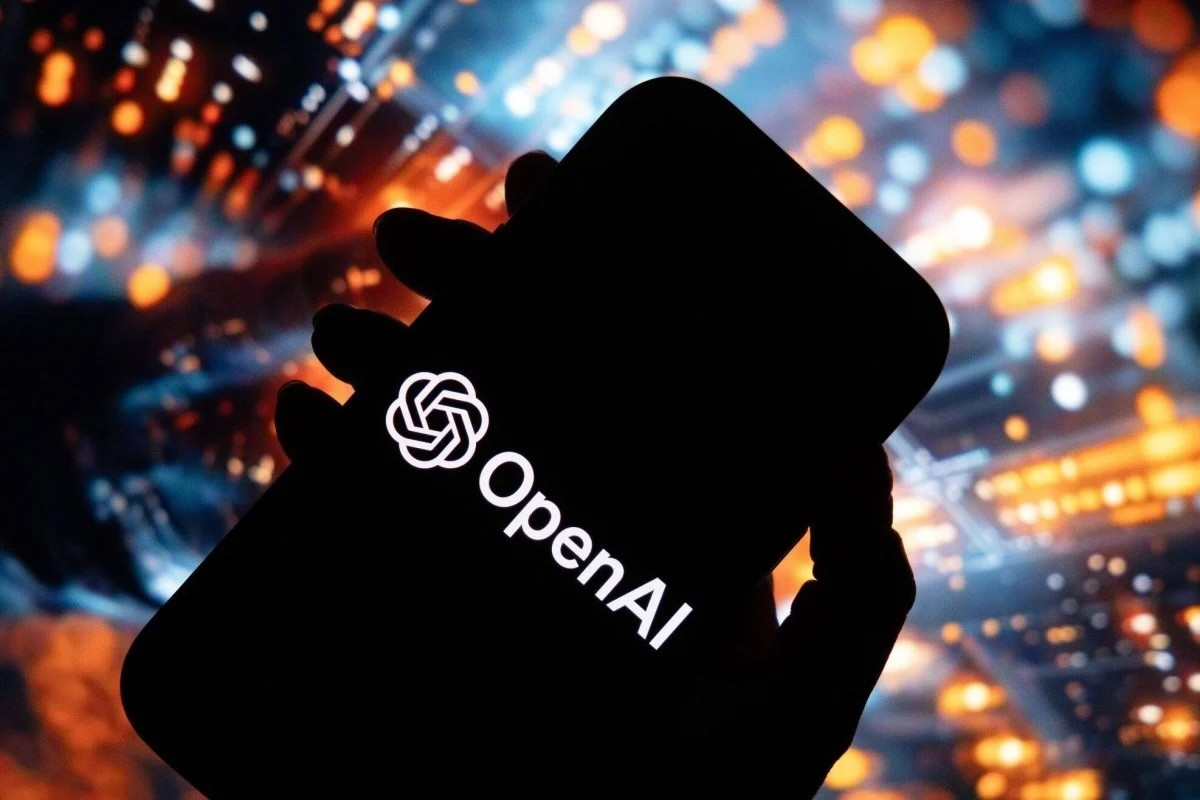
The San Francisco-based startup's latest model is said to outperform other LLMs on reasoning-intensive tasks in areas including science, coding and mathematics. The company says it learns "how to think efficiently using its thought sequences" thanks to a technique called reinforcement learning.
The new technique could be seen as a significant change for AI, as it enables models to replicate thoughts and generate data, rather than relying solely on scarce organic data.
Opportunity to catch up
Such chain-of-sight techniques, when done properly, can produce good results without requiring a significant increase in computing power, according to Tzezana. That could be useful for Chinese companies that lack access to advanced chips amid export restrictions imposed by Washington.
“It will alleviate some of the pain that the shortage of advanced chips has caused China,” he said. “So it will be interesting to see whether the scarcity of computing power in China leads to better innovation in this area.”
Despite lagging in text models, China appears to be more advanced in other areas of generative AI, experts say.
According to Li, in the edge AI model segment - which refers to AI tasks performed locally on user devices instead of in the cloud like mainstream models like ChatGPT - there is no significant gap between China and the US.
Meanwhile, text-to-video also appears to be an area where Chinese companies are making rapid progress and are currently leading the way, Tzezana added.
Over the past few months, major Chinese tech companies and startups have rushed to announce text-to-video AI tools after OpenAI introduced Sora in February. “They are putting OpenAI to shame by not releasing Sora after promising it for so long.”
(According to SCMP, Yahoo Tech)

Source: https://vietnamnet.vn/khoang-cach-giua-trung-quoc-va-my-trong-linh-vuc-ai-chi-con-mot-nam-2327119.html


![[Photo] Prime Minister Pham Minh Chinh chairs a special Government meeting on the arrangement of administrative units at all levels.](https://vphoto.vietnam.vn/thumb/1200x675/vietnam/resource/IMAGE/2025/5/9/6a22e6a997424870abfb39817bb9bb6c)
![[Photo] Magical moment of double five-colored clouds on Ba Den mountain on the day of the Buddha's relic procession](https://vphoto.vietnam.vn/thumb/1200x675/vietnam/resource/IMAGE/2025/5/9/7a710556965c413397f9e38ac9708d2f)

![[Photo] General Secretary To Lam and international leaders attend the parade celebrating the 80th anniversary of the victory over fascism in Russia](https://vphoto.vietnam.vn/thumb/1200x675/vietnam/resource/IMAGE/2025/5/9/4ec77ed7629a45c79d6e8aa952f20dd3)
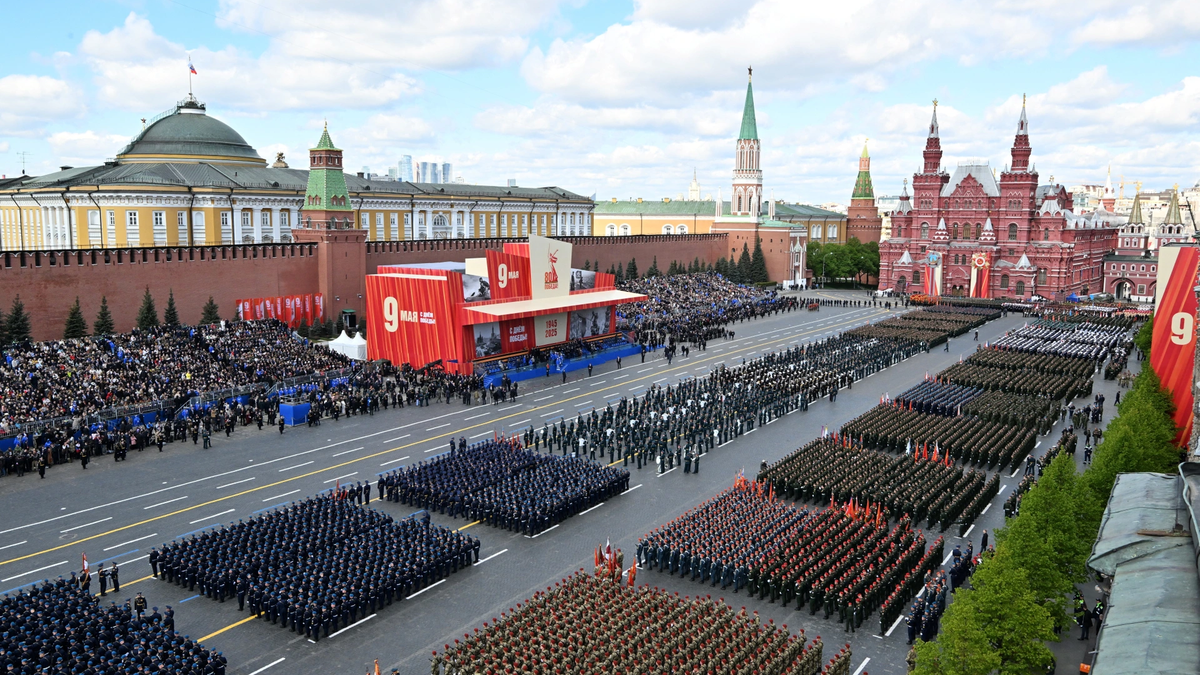
![[Photo] Russian military power on display at parade celebrating 80 years of victory over fascism](https://vphoto.vietnam.vn/thumb/1200x675/vietnam/resource/IMAGE/2025/5/9/ce054c3a71b74b1da3be310973aebcfd)
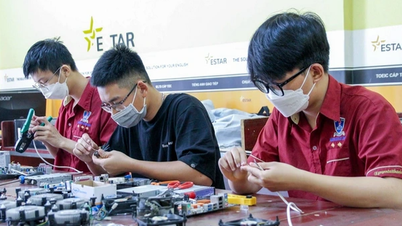



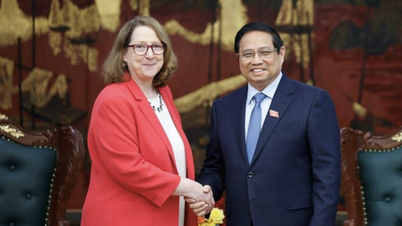

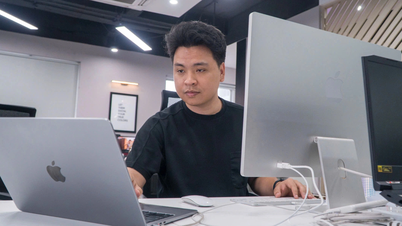
![[Photo] Explore the Great Wall of Water in the Suburbs of Beijing, China](https://vphoto.vietnam.vn/thumb/402x226/vietnam/resource/IMAGE/2025/5/5/c2e706533d824a329167c84669e581a0)

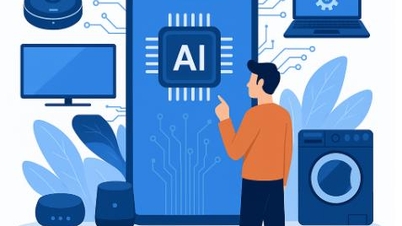



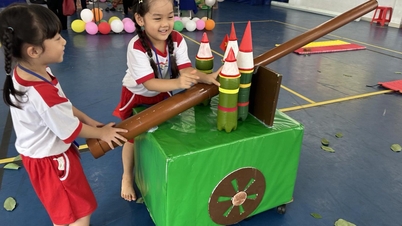
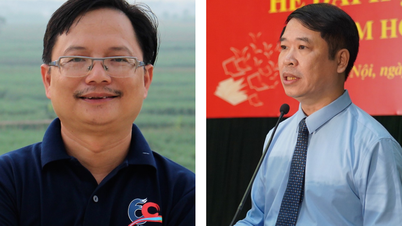
![[Photo] Specialized school students show off their talents at the Dance Festival](https://vphoto.vietnam.vn/thumb/402x226/vietnam/resource/IMAGE/2025/5/9/5ee98081a3284b04a02b7f2a097cf121)
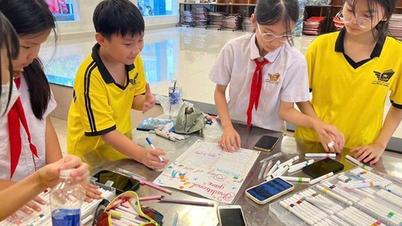









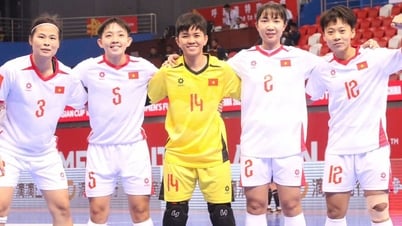
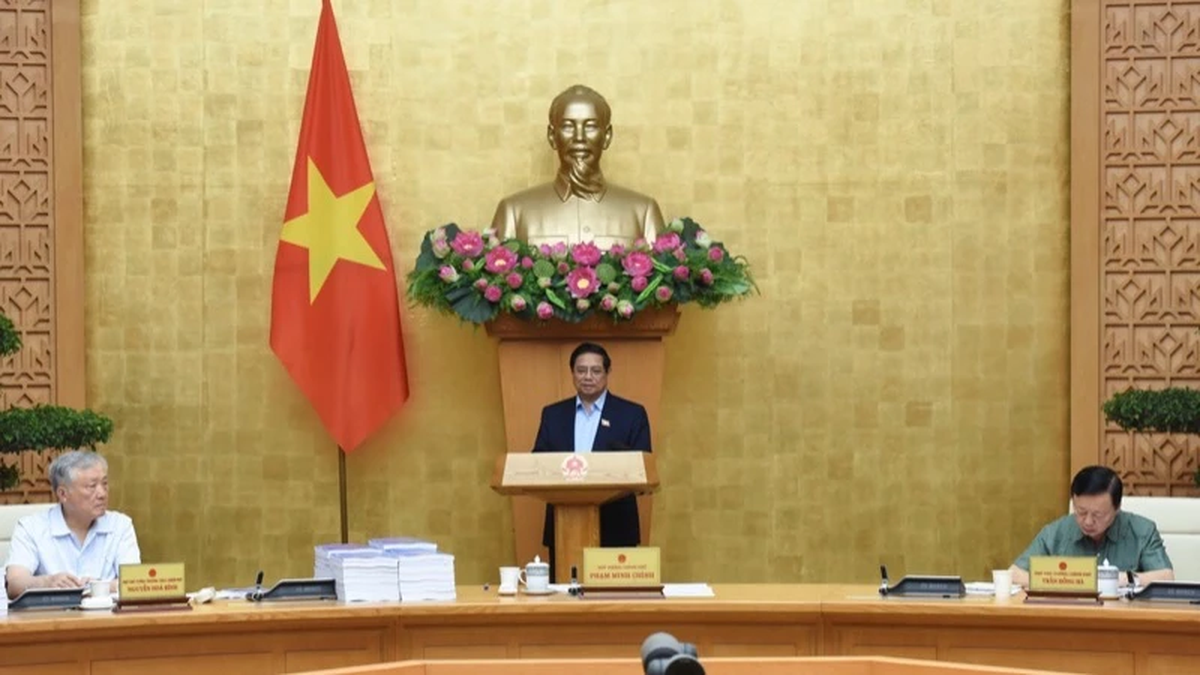
























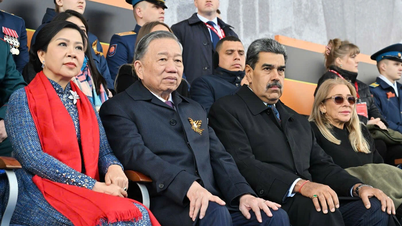

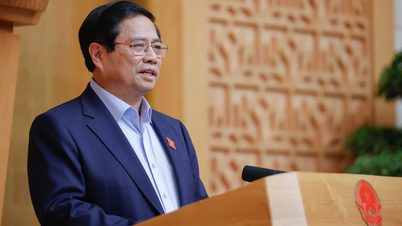
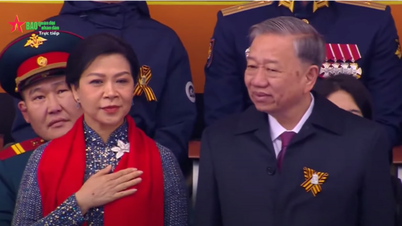






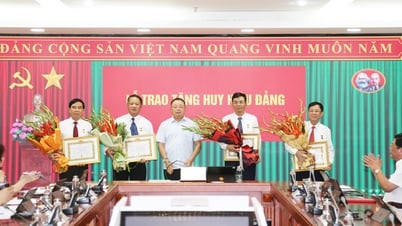

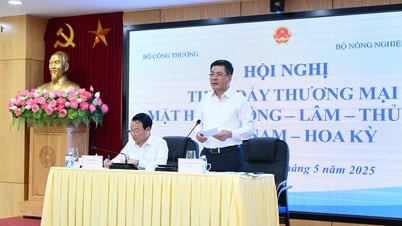



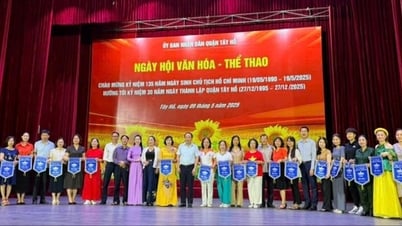


















Comment (0)